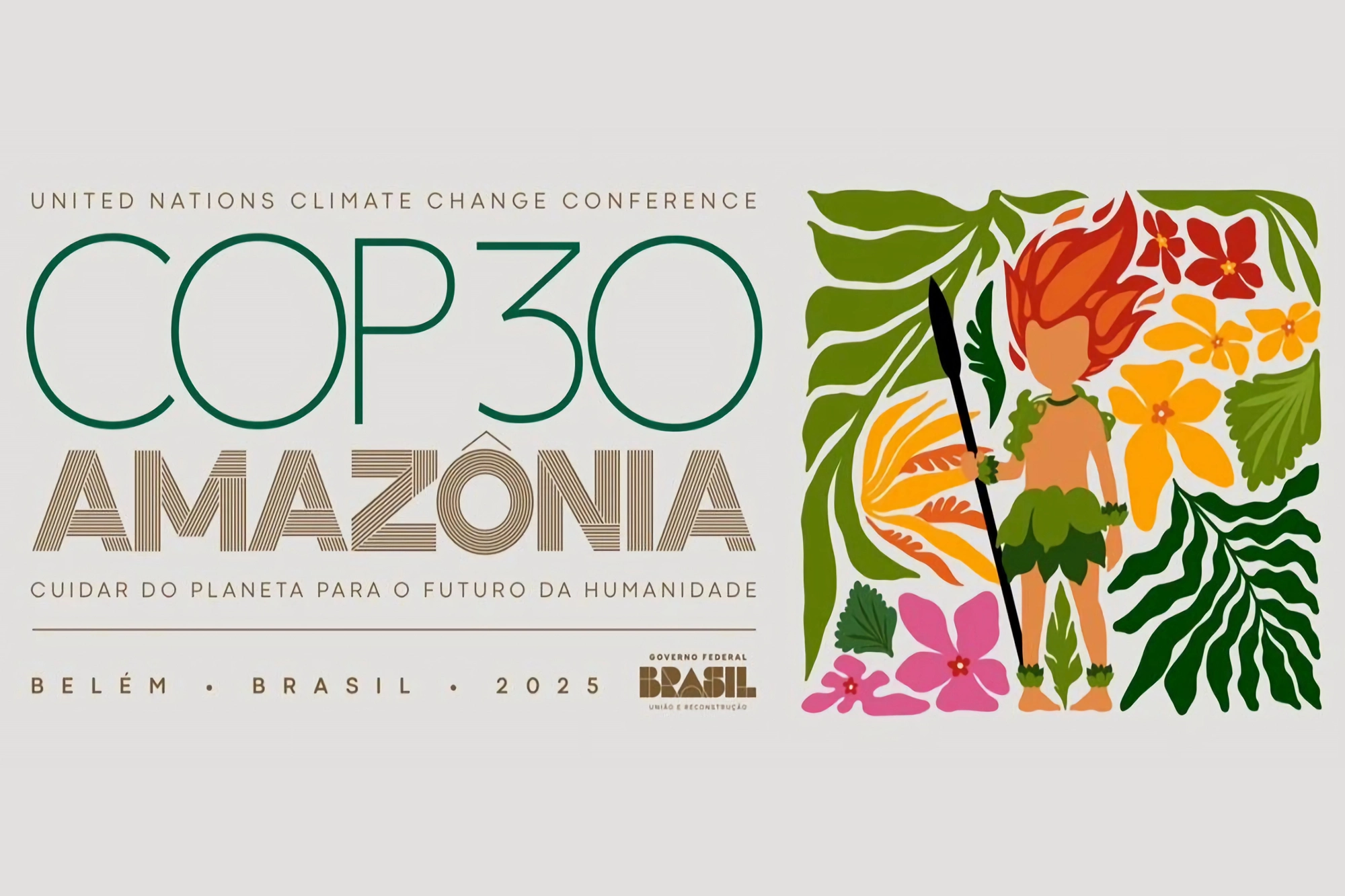Building a Special Tribunal for the Crime of Aggression against Ukraine – EJIL: Talk!

Report on the Establishment of the Special Tribunal for the Crime of Aggression Against Ukraine
Introduction
On June 25, 2025, Ukraine and the Council of Europe signed a foundational agreement to establish a Special Tribunal for the Crime of Aggression against Ukraine. This initiative aims to create an internationally supported judicial body to prosecute the crime of aggression, addressing a critical gap in the international justice framework. The Tribunal’s legal architecture, developed by Ukraine in partnership with a coalition of states known as the “Core Group,” presents a tailored approach to accountability. This report analyzes the core statutory elements of the Tribunal, with a significant focus on its contribution to the United Nations Sustainable Development Goals (SDGs), particularly SDG 16 (Peace, Justice and Strong Institutions).
Alignment with Sustainable Development Goals (SDGs)
SDG 16: Peace, Justice and Strong Institutions
The establishment and design of the Special Tribunal are a direct and tangible contribution to the advancement of SDG 16. The initiative embodies the goal’s core targets by seeking to end impunity and ensure justice for violations of international law.
- Target 16.3 (Promote the rule of law and ensure equal access to justice): The Tribunal is fundamentally an exercise in promoting the rule of law at the international level. By creating a mechanism to prosecute the crime of aggression, it seeks to ensure that even the most powerful state actors are held accountable, thereby reinforcing the principle of equal access to justice for victims of aggression.
- Target 16.6 (Develop effective, accountable and transparent institutions): The careful design of the Tribunal’s statute, particularly concerning jurisdiction, immunities, and procedural safeguards, reflects an effort to build an effective, accountable, and legally sound institution. Its legitimacy is grounded in its adherence to, rather than defiance of, established international legal principles.
SDG 17: Partnerships for the Goals
The collaborative effort behind the Tribunal’s creation exemplifies SDG 17, which emphasizes the importance of global partnerships for sustainable development. The “Core Group” of partner states, working alongside Ukraine and the Council of Europe, demonstrates a multi-stakeholder partnership (Target 17.16) committed to achieving a common objective rooted in international law and justice.
Analysis of Key Statutory Provisions
Jurisdiction and Immunities
A central challenge in designing the Tribunal was navigating the issue of personal immunity (immunity ratione personae) for sitting heads of state, heads of government, and foreign ministers (the “troika”). The Statute adopts a disciplined approach that respects existing international law while preserving the possibility of future accountability, directly contributing to the stability and credibility required by SDG 16.
- Jurisdictional Foundation: Article 1 of the Statute grounds the Tribunal’s authority in Ukraine’s sovereign territorial jurisdiction. This avoids contested legal theories and ensures the Tribunal operates within a well-established basis in international law, exercising the authority that Ukraine possesses.
- Respect for Customary International Law: The Statute explicitly acknowledges the procedural bar of immunity for sitting troika members. It does not attempt to recharacterize itself as an “international court” that could displace these immunities, thereby preventing claims of legal overreach.
- Statutory Framework for Accountability:
- Article 4(2) affirms the principle of individual criminal responsibility, stating that official position does not relieve an individual of responsibility or mitigate punishment.
- Article 23(5) provides a clear procedural directive: if an indictment concerns a sitting troika member, the Pre-Trial Judge must suspend proceedings until that person no longer holds office or immunity is waived. This approach separates the substantive question of criminal responsibility from the procedural matter of jurisdictional immunity.
The Definition of the Crime of Aggression
Article 2 of the Statute defines the crime of aggression through a compromise that balances the perspectives of states that have ratified the Rome Statute’s Kampala Amendments with those that have not. This pragmatic approach was necessary to build the broad consensus required for a strong and effective institution under SDG 16.
- The definition in Article 2(1) reproduces the core text of Article 8 bis(1) of the Rome Statute.
- However, it omits the detailed list of aggressive acts found in Article 8 bis(2). Instead, it directs the Tribunal to take into account UN General Assembly Resolution 3314, which contains that list.
- This construction avoids retroactively applying a treaty definition (the Kampala Amendments) that is not universally accepted as customary international law, thereby respecting the principle of nullum crimen sine lege (no crime without law).
- The resulting definition is tailored for the specific context of the aggression against Ukraine, ensuring a solid legal basis for prosecution in this case without resolving broader, politically contested debates on the crime’s universal definition.
Provisions for In Absentia Proceedings
Article 28 of the Statute permits trials and judgments in the absence of the accused, a provision included to ensure the Tribunal can deliver justice even if suspects cannot be apprehended. This feature is balanced with stringent safeguards to protect fair trial rights, aligning with the “access to justice” component of SDG 16.
- Strict Procedural Conditions: An in absentia trial is only permitted if the accused has been duly notified, given an opportunity to appear, and is represented by counsel (either chosen or court-appointed).
- Right to a Retrial: The Statute guarantees an unequivocal right to a new trial before the Special Tribunal or a successor mechanism if the convicted person is later surrendered or apprehended. This addresses a key legitimacy concern observed in previous tribunals, such as the Special Tribunal for Lebanon (STL).
- Balanced Approach: The framework allows for procedural progress while upholding core due process rights, seeking to ensure that the Tribunal’s judgments are perceived as legitimate and compliant with international human rights standards, including Article 6 of the European Convention on Human Rights.
Conclusion
The Special Tribunal for the Crime of Aggression against Ukraine is a targeted and principled response to a grave violation of international law. Its statutory design reflects a pragmatic approach that balances the pursuit of justice with a respect for established legal constraints. By grounding its jurisdiction in recognized principles, respecting immunities, and embedding rigorous procedural safeguards, the Tribunal is structured to be a credible and effective judicial body. This initiative serves as a powerful model for accountability and makes a substantial contribution to the global effort to achieve Sustainable Development Goal 16 by strengthening the rule of law, building strong institutions, and ensuring that peace and justice are not merely aspirational goals but actionable objectives of the international community.
1. SDGs Addressed or Connected to the Issues Highlighted in the Article
SDG 16: Peace, Justice and Strong Institutions
- The article focuses on establishing the Special Tribunal for the Crime of Aggression against Ukraine. This initiative is a direct response to a “war of aggression,” which undermines peace and security. The entire discussion revolves around creating a legitimate and effective judicial institution to uphold international law, prosecute a major international crime, and ensure accountability for perpetrators. This aligns perfectly with the core principles of SDG 16, which aims to “Promote peaceful and inclusive societies for sustainable development, provide access to justice for all and build effective, accountable and inclusive institutions at all levels.”
2. Specific Targets Identified Based on the Article’s Content
SDG 16: Peace, Justice and Strong Institutions
- Target 16.1: Significantly reduce all forms of violence and related death rates everywhere.
- The article addresses this target by focusing on the “crime of aggression against Ukraine,” described as the “foundational illegality underpinning Russia’s full-scale invasion.” The establishment of the Tribunal is a mechanism to hold individuals accountable for initiating this large-scale violence. By seeking to prosecute the “leadership crime” of aggression, the initiative aims to deter future acts of aggression, thereby contributing to the reduction of violence.
- Target 16.3: Promote the rule of law at the national and international levels and ensure equal access to justice for all.
- This is the most central target in the article. The text is dedicated to the legal architecture of the Tribunal, emphasizing its design to work “within, not around, the framework of international law.” It details how the Tribunal’s statute navigates complex legal issues like “customary international law,” “jurisdiction,” and “immunities” to create a “sound legal foundation for long-term sustainability and legitimacy.” The goal is to provide a forum for justice for a crime that might otherwise go unpunished, as stated in the conclusion: “the tribunal reinforces the principle that accountability for the crime of aggression, while complex, remains a legitimate objective of the international legal order.”
- Target 16.a: Strengthen relevant national institutions, including through international cooperation, to build capacity at all levels… to prevent violence… and crime.
- The article highlights this target through its description of the Tribunal’s creation. It is a product of international cooperation between “Ukraine and the Council of Europe” and a “coalition of partner states known as the ‘Core Group’.” The agreement delegates Ukraine’s sovereign authority to prosecute the crime to a specially created body, thereby building a specific judicial capacity through an international partnership to address a major international crime.
3. Indicators Mentioned or Implied in the Article
Indicators for Target 16.3 (Promote the rule of law and ensure access to justice)
- Establishment of a Special Tribunal through international agreement: The article’s opening sentence states that “Ukraine and the Council of Europe signed an agreement… to establish a Special Tribunal.” The existence of this agreement and the resulting institution is a primary indicator of progress in creating a mechanism for international justice.
- Adoption of a formal statute for the Tribunal: The article repeatedly references the “Tribunal’s Statute” and its specific articles (e.g., Article 1 on jurisdiction, Article 2 on the definition of the crime, Article 23(5) on immunities, and Article 28 on in absentia proceedings). The development and adoption of this comprehensive legal document is a concrete indicator of the promotion of the rule of law.
- Adherence to established principles of international law: The article implies that the Tribunal’s success and legitimacy are measured by its adherence to legal principles. For instance, Article 23(5) of the Statute, which suspends proceedings against sitting heads of state, is highlighted as a way to affirm “accountability while respecting the jurisdictional limits imposed by international law.” This careful adherence is an indicator of a strong, law-based institution.
Indicators for Target 16.a (Strengthen institutions through international cooperation)
- Formation of a multi-state “Core Group”: The article mentions that the Tribunal’s legal foundation was the “product of efforts by Ukraine, together with a coalition of partner states known as the ‘Core Group’.” The number of states participating in this group and the subsequent “Enlarged Partial Agreement” serves as an indicator of the level of international cooperation in building this judicial institution.
4. Table of SDGs, Targets, and Indicators
| SDGs | Targets | Indicators |
|---|---|---|
| SDG 16: Peace, Justice and Strong Institutions | 16.1: Significantly reduce all forms of violence and related death rates everywhere. | Prosecution of individuals for the “crime of aggression,” which is a “leadership crime” responsible for large-scale violence. |
| SDG 16: Peace, Justice and Strong Institutions | 16.3: Promote the rule of law at the national and international levels and ensure equal access to justice for all. |
|
| SDG 16: Peace, Justice and Strong Institutions | 16.a: Strengthen relevant national institutions, including through international cooperation, to build capacity… to prevent violence… and crime. |
|
Source: ejiltalk.org

What is Your Reaction?
 Like
0
Like
0
 Dislike
0
Dislike
0
 Love
0
Love
0
 Funny
0
Funny
0
 Angry
0
Angry
0
 Sad
0
Sad
0
 Wow
0
Wow
0



























































.jpg?#)
















